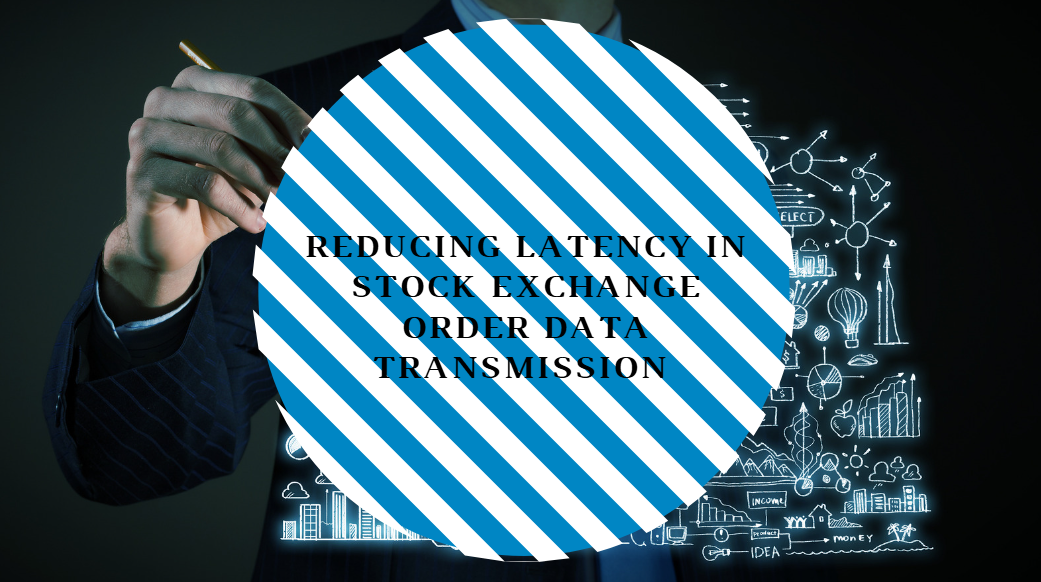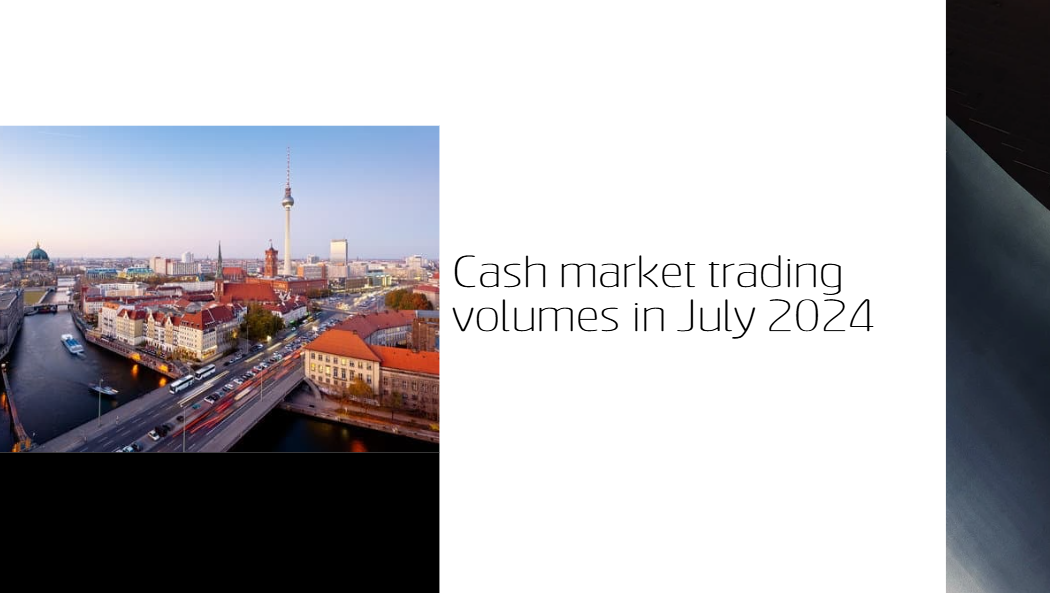Time to make things simpler and more effective
The Sustainable Finance Disclosure Regulation creates transparency regarding sustainability, but it often fails to make investment decisions easier for investors in practice. The upcoming review is a good opportunity to change that.
By Rupert Schaefer, Chief Executive Director of Strategy, Policy and Control at BaFin
Establishing transparency regarding sustainability impacts – and thus empowering investors to make sound decisions in line with their preferences: this is the key objective of the EU's Sustainable Finance Disclosure Regulation (SFDR) (Regulation (EU) 2019/2088).
Since it came into force, the SFDR has succeeded in ensuring greater transparency. Providers are now required to disclose what exactly “sustainability” means in relation to their specific products. In practice, however, we find that these disclosures often do not provide investors with the information they need.
Market data for example indicates that European sustainability regulation has generally had a relatively limited impact on the flow of capital into sustainable investments. The next European Commission should therefore modify the existing rules to make them simpler and more effective, and integrate them into a consistent overarching set of rules on ESG (environmental, social and governance) investments.
The upcoming review of the SFDR provides a good opportunity to take the first steps in this direction. There are already specific proposals on the table for achieving this, including from the three European Supervisory Authorities. The German Federal Financial Supervisory Authority (BaFin) would like to see the European Commission address three issues.
Defining sustainable investments more precisely
First, we need a more precise definition of what qualifies as a sustainable investment under the SFDR. And this definition should either match or make reference to the definitions laid out in other regulatory frameworks. Let’s take environmental sustainability as an example. The SFDR should start by referencing the definitions in the Taxonomy Regulation.
Investments would then be considered environmentally sustainable if they meet the requirements of the Taxonomy Regulation. In addition, we need better modelling of investment strategies for the transformation of assets that are not yet sustainable today – more on that below.
For investments not covered by the Taxonomy Regulation, we need clearer definitions in Article 2 (17) of the SFDR. The new definition could also reference other international frameworks such as the United Nations Sustainable Development Goals. In both cases, market participants would then have a set of criteria to use for orientation.
Concentrating on the most important aspects
Second, companies should be required to disclose less, but at the same time essential and (more) meaningful information. The principal adverse impact (PAI) statement is a good example. Financial market participants with more than 500 employees must specify in this report how they take account of the negative impacts of their investment decisions on sustainability factors.
That is a good thing in principle. But does the report really need to encompass 18 mandatory – and two voluntary – indicators, with six of them addressing the area of greenhouse gas emissions? In this case, less would be more. Six legally mandatory indicators addressing the most important aspects of sustainability would suffice.
For example: information on greenhouse gas emissions, biodiversity and respect for human rights. And these indicators, too, should be based on the specific requirements of existing regulatory frameworks such as the Corporate Sustainability Reporting Directive (CSRD) (Directive (EU) 2022/2464).
Establishing real, comprehensible product categories
Third, we need clear product categories in the SFDR so that customers can better understand the objectives of financial products. Right now, we are observing that some market participants misunderstand Articles 8 and 9 of the SFDR as real product categories. However, these articles define disclosure requirements without setting any minimum standards in terms of the sustainability impacts. Easily understandable product categories for typical sustainability investment strategies could help create more clarity here.
Specifically, we propose three product categories. First, a sustainable product that invests exclusively in economic activities that pursue an environmental or social objective, or both, and allows exceptions only for investments made for hedging or liquidity purposes.
Second, a transition product that invests in activities to shift our economy towards sustainability. To date, we have considered ESG investments largely from a static perspective. The investment objective must already be environmentally or socially sustainable. With a transition product, we could add a dynamic perspective. It will take clear rules to prevent this product category from being misused for greenwashing. For example, companies would be required to have specific, plausible transition plans and objectives to qualify as investment objectives for transition products.
Finally, we envision a third category of exclusion products. It would exclude investments in certain activities, such as those detrimental to the climate. These three products would also have different risk/return profiles. The investment universe of transition or sustainable products would probably be smaller than that of exclusion products, which could diversify their portfolios more broadly.
Enabling informed decisions
More precise definitions, a focus on the truly important data and easily understandable product categories – these things would all make the SFDR significantly more comprehensible and manageable. In turn, this would also bring it closer to achieving its key objective: enabling investors to make sound decisions in line with their own ESG preferences.
It is always crucial that investors are able to clearly distinguish between a product’s sustainability impact on the one hand and its opportunities and risks on the other, and to assess each part individually. There is no clear correlation between these two factors – it always depends on the specific product and its investment strategy.























































First, please LoginComment After ~